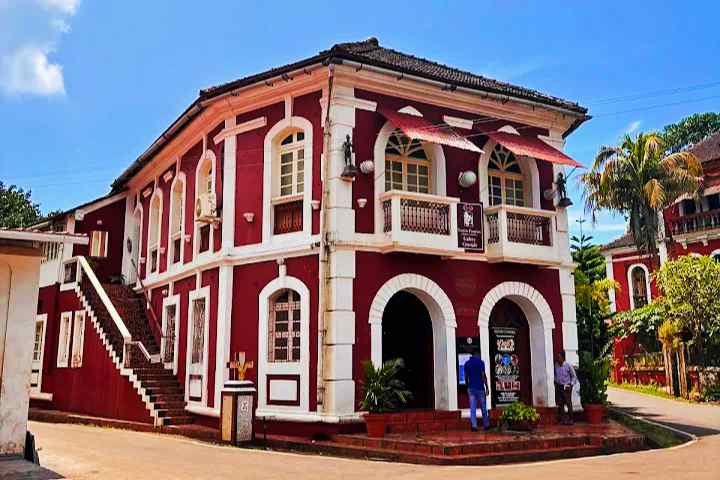
Gitanjali Gallery is one of Goa’s most respected and long-standing art spaces, located in the charming Latin Quarter of Fontainhas, Panaji. Surrounded by Portuguese-style heritage houses and narrow lanes, the gallery is part of a larger cultural setting that draws artists, writers, and heritage lovers alike. The gallery plays a central role in preserving and promoting the contemporary and historical art scene in Goa.
1. Origins and Founding
- Established in the early 1990s, Gitanjali Gallery was founded by Menezes Braganza, a family with a deep commitment to Goan heritage and culture.
- The gallery is located within the Panjim Inn complex, which is a heritage hotel restored from a 19th-century Indo-Portuguese mansion. This location itself reflects a confluence of history and art.
- Initially, the gallery was created as a private cultural initiative to showcase both Goan and international art and support contemporary artists in an otherwise tourism-driven state.
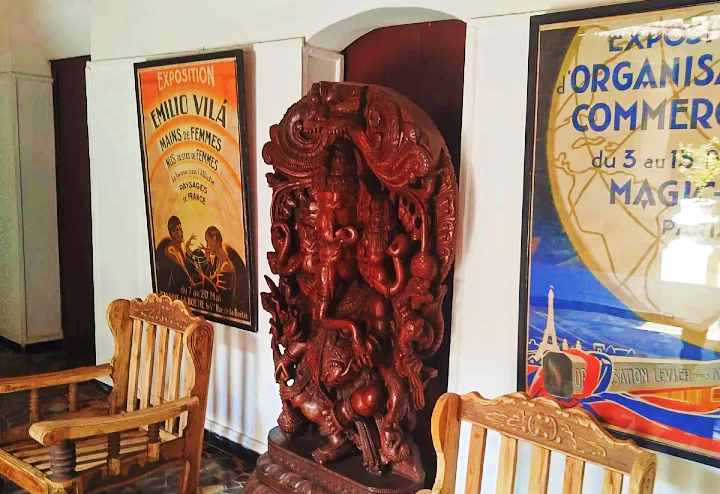
2. Artistic Focus and Contributions
- Gitanjali Gallery has served as a platform for local, national, and international artists, offering them a space to exhibit paintings, photography, sculptures, and mixed media installations.
- The gallery focuses not only on visual art but also hosts literary readings, heritage talks, film screenings, and workshops.
- Many of the exhibitions touch upon Goa’s colonial past, indigenous identity, and post-colonial reflections, making it a center for cultural discourse.
- Artists like F.N. Souza, Laxman Pai, and Subodh Kerkar have had associations with the gallery either directly or indirectly through curated exhibits.
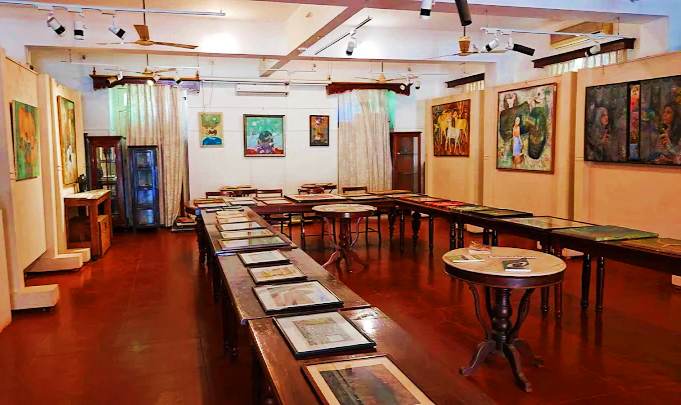
3. Architectural Significance
- The structure that houses the Gitanjali Gallery is itself of heritage value, being a restored Indo-Portuguese home with arched windows, balcaos (porches), wooden staircases, and ceramic tiles.
- The ambiance of the gallery is enriched by the surrounding Fontainhas neighborhood, which retains the aura of old Goa, contributing to a unique viewing experience.
- The design of the gallery reflects a seamless blend of colonial architecture and artistic modernism, making the space itself a part of the experience.
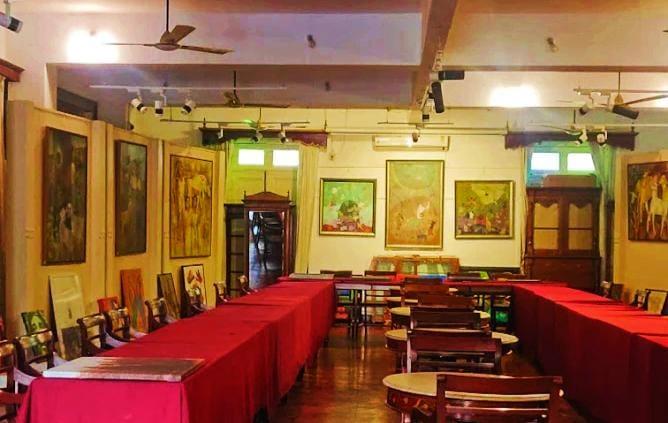
4. Community and Educational Role
- Beyond exhibitions, Gitanjali Gallery has also worked closely with art students, scholars, and heritage conservation groups.
- It collaborates with institutions such as the Goa College of Art, Fundação Oriente, and local schools to promote art education.
- The space is used to discuss Goa’s multicultural past, Portuguese influence, and indigenous roots in creative and interactive ways.
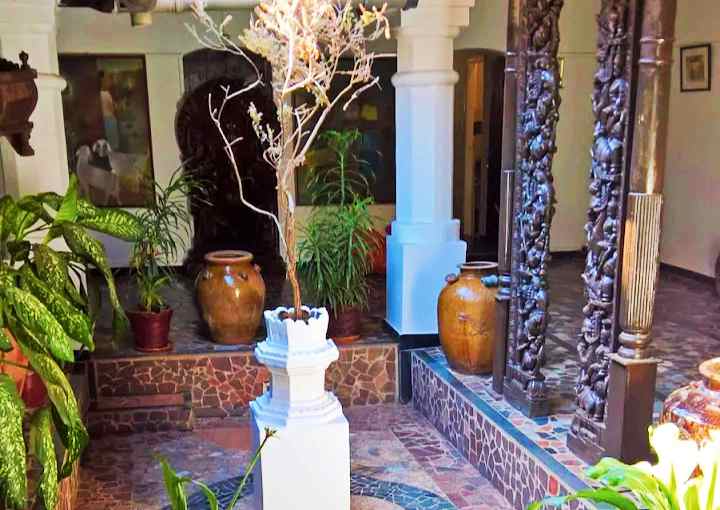
5. Challenges and Evolution
- Over the years, like many independent art galleries in India, Gitanjali Gallery has faced challenges including funding, shifting tourism trends, and maintaining local engagement.
- Despite this, it has managed to remain open and relevant by adapting its programming, embracing multimedia art, and retaining its cultural authenticity.
- The gallery has also evolved into a café and creative hub, attracting a younger audience and digital nomads while maintaining its artistic core.
Conclusion
Gitanjali Gallery is not just a physical space for art—it is a cultural anchor in Goa’s Latin Quarter, preserving the rich artistic and historical tapestry of the region. Through its thoughtful curation, heritage location, and community engagement, the gallery has become a vital part of Goa’s evolving identity. While contemporary art scenes often move toward modern complexes and digital spaces, Gitanjali Gallery stands as a testament to the value of heritage, storytelling, and local-rooted creativity.










Add comment